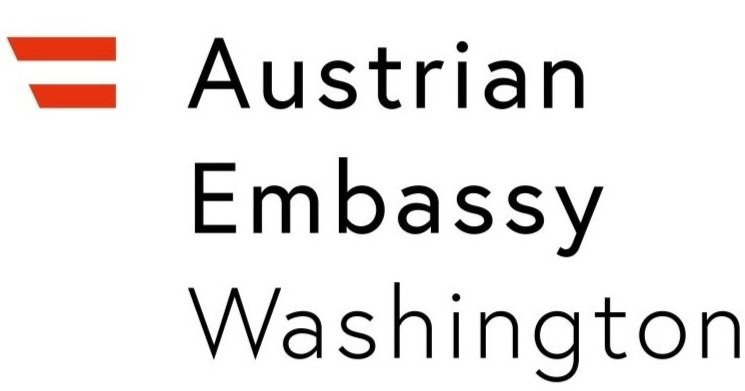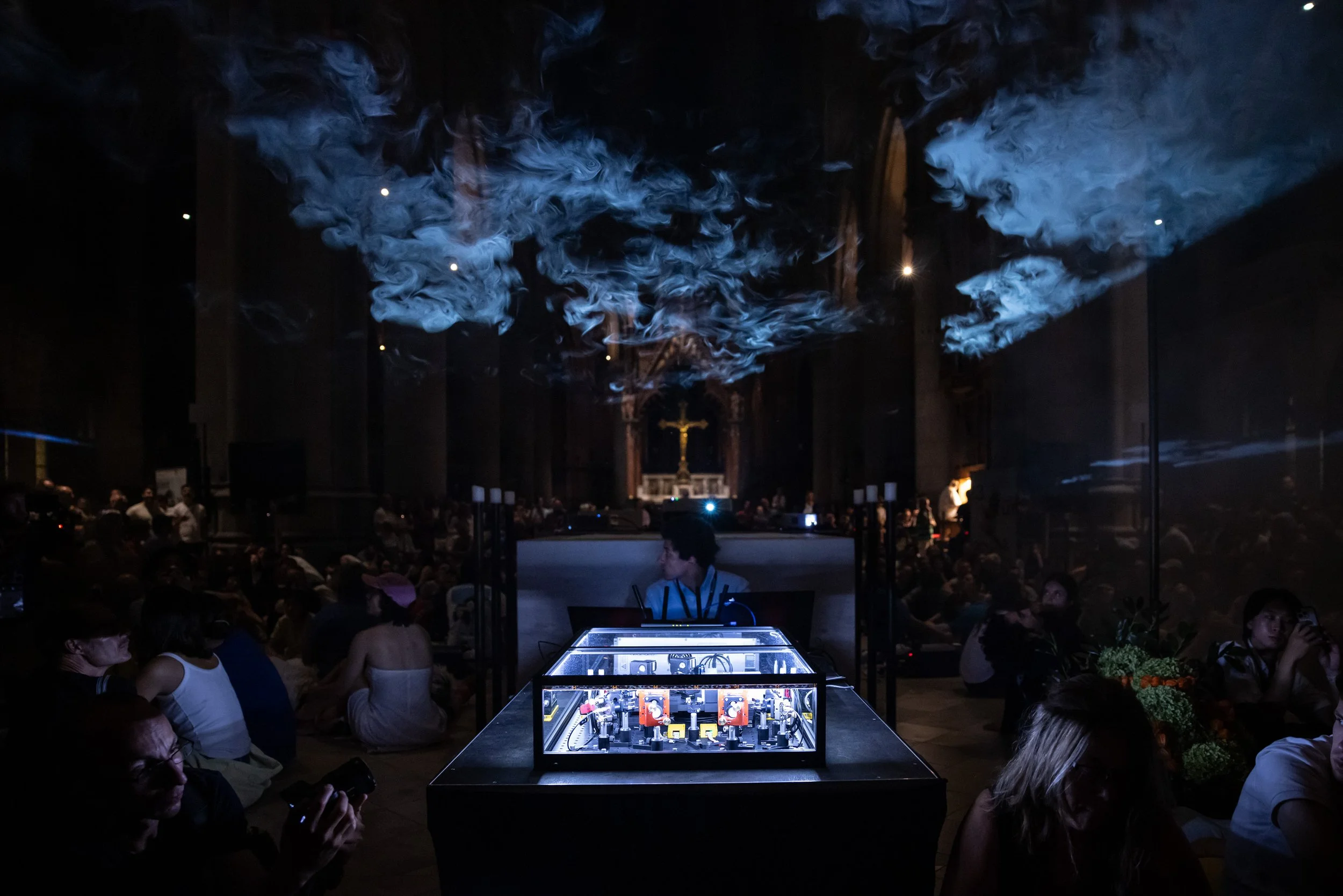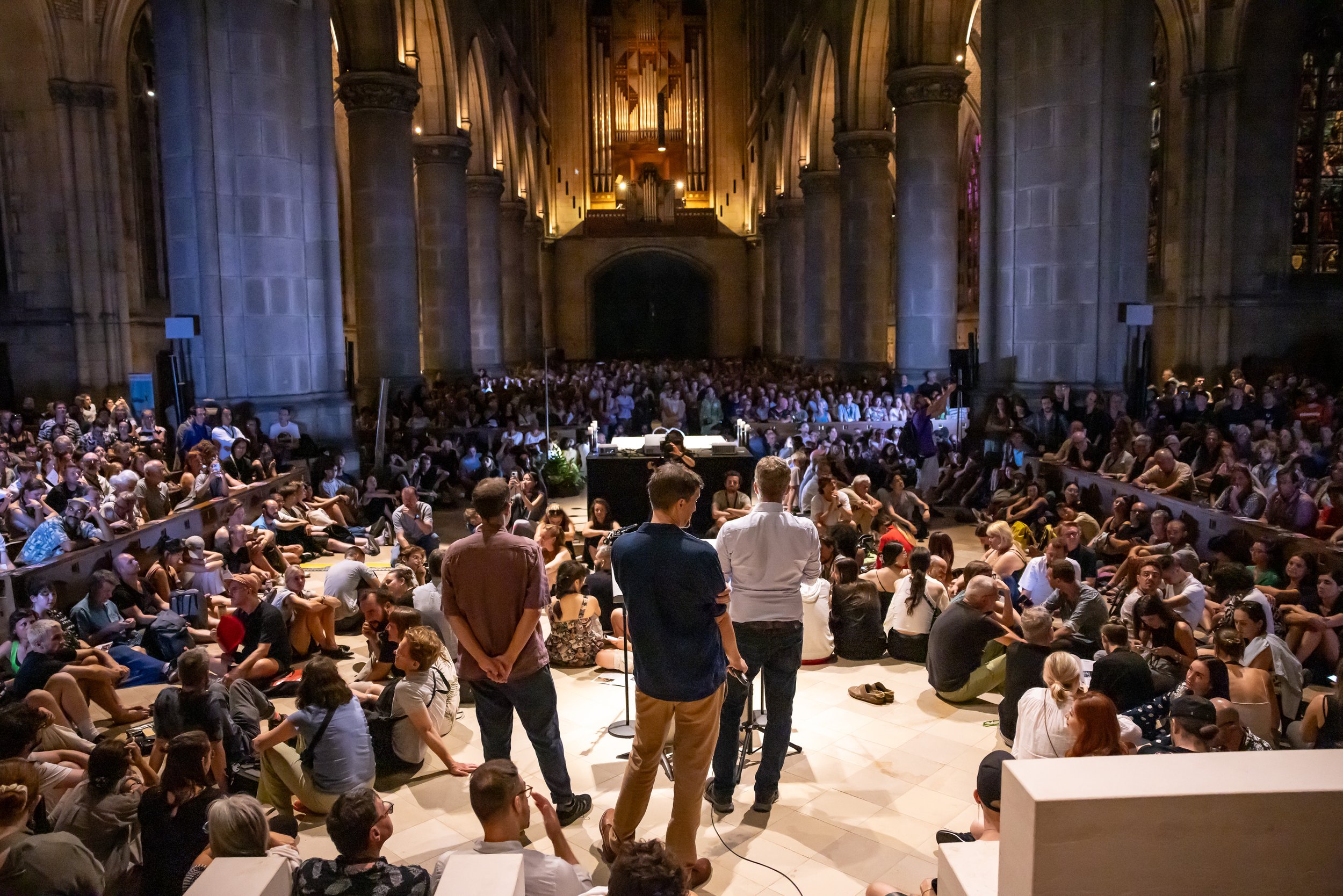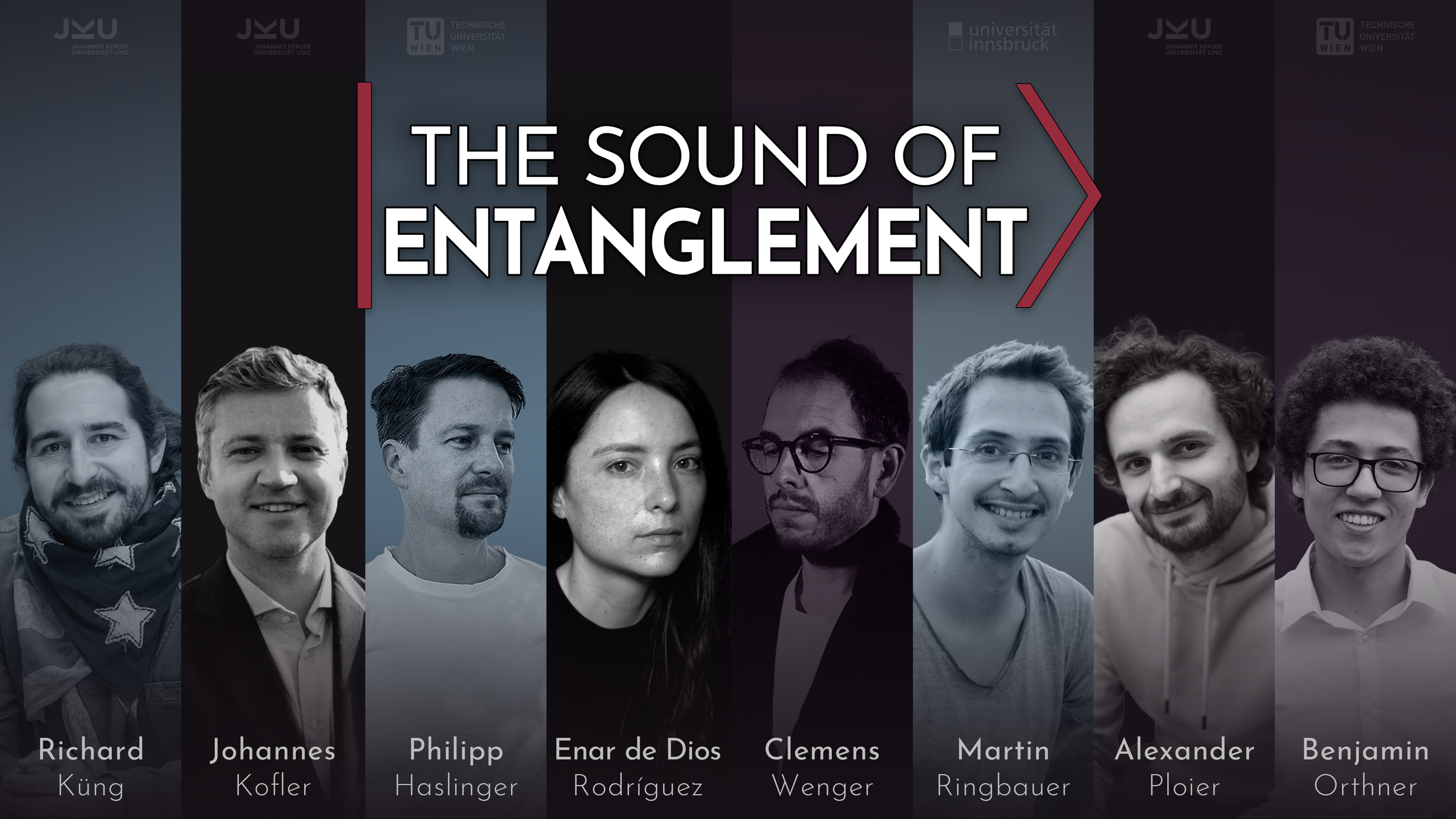The Sound of Entanglement: Music Beyond Classical Physics
Photo: The Sound of Entanglement & Ars Electronica
Austria has always been a cradle of both scientific discovery and musical innovation. From numerous style-forming composers such as Mozart or Schönberg to the groundbreaking theories of Schrödinger and the experiments of Zeilinger, this nation has a long tradition of artistic and intellectual excellence. Today, Austria is once again at the epicenter of a unique fusion, where art and physics converge to create projects that exceed our classical world. The Sound of Entanglement is one such visionary project, transforming the mysterious nature of quantum entanglement into a live musical and visual performance. By blending quantum correlations with artistic expression, this project pushes the boundaries of both disciplines. At its core, the profound non-classical correlations of quantum entanglement, which defy our classical worldview, serve as the foundation for musical and visual elements, allowing for an interplay that transcends deterministic structures.
Quantum Mechanics and Music: A Shared Language
Quantum physics has revolutionized our understanding of reality, introducing concepts such as superposition, entanglement, and processes that are truly random and unpredictable. These principles, once confined to the realm of theoretical physics, now not only underpin a new generation of quantum technology but can serve as creative tools in musical composition. Just as quantum mechanics challenges the classical notion of determinism, music inspired by quantum mechanics opens up new ideas about the structures of compositions that are inherently unpredictable, yet harbor a profound order.
Performance photo
Photo: Weitblickfilm
Historically, composers have experimented with aleatoric (i.e. chance-based) music, from Mozart’s dice-generated waltzes to John Cage’s seminal work 4’ 33”. However, these compositions, while incorporating elements of randomness, were still governed by deterministic frameworks. The Sound of Entanglement employs genuine quantum randomness derived from entangled photons to dictate musical and visual choices in real-time. This means that each performance is truly unique, shaped by the fundamental laws of quantum physics themselves, which dictate the resulting human artistic production.
The Quantum Conductor
At the heart of The Sound of Entanglement lies a so-called Bell setup, that is, a source of entangled photon pairs, which are used to generate non-classical correlations. These correlations are then mapped to specific musical and visual elements, guiding a live performance that evolves unpredictably yet still follows an intrinsic arrangement through the entangled nature of the photons.
The musicians receive musical instructions based on measurements of entangled photons in real-time. Depending on the measurement outcomes, different pre-composed musical motives are selected and musical instructions are followed, creating a dynamic interplay between structure and randomness. Unlike traditional compositions where the composer determines the sequence of notes and a conductor organizes the performance, here, quantum physics plays the role of the conductor. In this way, a true randomness comes to light, and our ideas of causal relation are called into question. The striking phenomenon of quantum entanglement finds its way into music. Since the measurement results violate Bell’s inequality (and with that our local realist worldview), the music of the musicians is correlated more strongly than allowed by the laws of classical physics. No human conductor or classical computer could instruct it that way.
Bell set-up for the quantum conductor
Photo: Deniz Lindenberg
To enhance the audience's experience, the performance is accompanied by live visuals that respond in real-time to the quantum measurements. Abstract shapes and patterns, influenced by the statistical properties of the entangled photons as well as the live music occuring, are projected onto an intermediate space or a large screen, creating a multisensory journey that transcends traditional concert formats. Consequently, entangled photons serve as the VJ of the visual projection, determining both the selection and modulation of parameters within the pre-configured graphics.
Live visuals that respond in real-time to the quantum measurements
Photo: Weitblickfilm
Austria: A Global Hub for Art and Quantum Science
Austria has played a central role from the development of quantum mechanics to the current advancements of quantum technologies. A culture of collaborative, world-class research across a variety of institutions has cemented this small country as a leading force in fundamental quantum research. The recently established Cluster of Excellence quantA strives to further augment this sprawling research environment. Simultaneously, Austria’s rich musical heritage continues to inspire innovative artistic endeavors, bridging the gap between past traditions and future possibilities. From the first to the second Viennese School, to the most recent Vienna Downbeat movement in electronic music, the way is now being paved for quantum music.
The intersection of these two domains was particularly evident in BruQner – The Sound of Entanglement, which debuted at the 2024 Ars Electronica Festival and Anton Bruckner 2024 Festival, coinciding with the 200th anniversary of the birth of Anton Bruckner on September 4, 2024. The historic “New Cathedral” (Mariendom) in Linz, Austria, provided the perfect backdrop (see Figure) for this fusion of art and science, demonstrating that Austria remains a beacon of creative and intellectual exploration. More than 3,000 people learned about the history of quantum mechanics and the nature of entanglement through a lecture, followed by a live performance of The Sound of Entanglement on the famous organs of the largest cathedral in Austria.
The debut of BruQner – The Sound of Entanglement at the 2024 Ars Electronica Festival and Anton Bruckner 2024 Festival on September 4.
Photo: Weitblickfilm
Implications and the Future
The implications of quantum music extend beyond artistic novelty. Sonification of physical phenomena provides new ways to experience, grasp and rethink complex scientific concepts. By translating abstract quantum principles into audible forms, such projects make quantum mechanics more accessible to the public. Furthermore, the integration of quantum randomness into composition raises profound philosophical questions about agency, control, and the nature of creativity. If a musical piece is dictated by the laws of quantum physics rather than human intention, who is the true composer? This paradigm shift challenges traditional notions of authorship, opening new frontiers in the philosophy of art and music.
Looking to the future, the exploration of quantum music could lead to new interdisciplinary collaborations, such as merging advances in quantum computing with generative music, visuals and many other fields.
Quantum technology is not just a passing trend; it is here to stay, and will profoundly influence our future, not only in science and industry but also in the arts. The Sound of Entanglement exemplifies how quantum effects can be woven into artistic expression, opening new horizons for music, performance, and creative exploration. In a world increasingly shaped by quantum technology, Austria remains at the forefront, proving that creativity and scientific discovery are deeply entangled.
The Sound of Entanglement:
Clemens Wenger, composer
Enar de Dios Rodríguez, visual artist
Martin Ringbauer, Univ. of Innsbruck
Johannes Kofler, JKU Linz
Richard Kueng, JKU Linz
Alexander Ploier, JKU Linz
Benjamin Orthner, TU Wien
Philipp Haslinger, TU Wien
Gallery photos: Weitblickfilm












